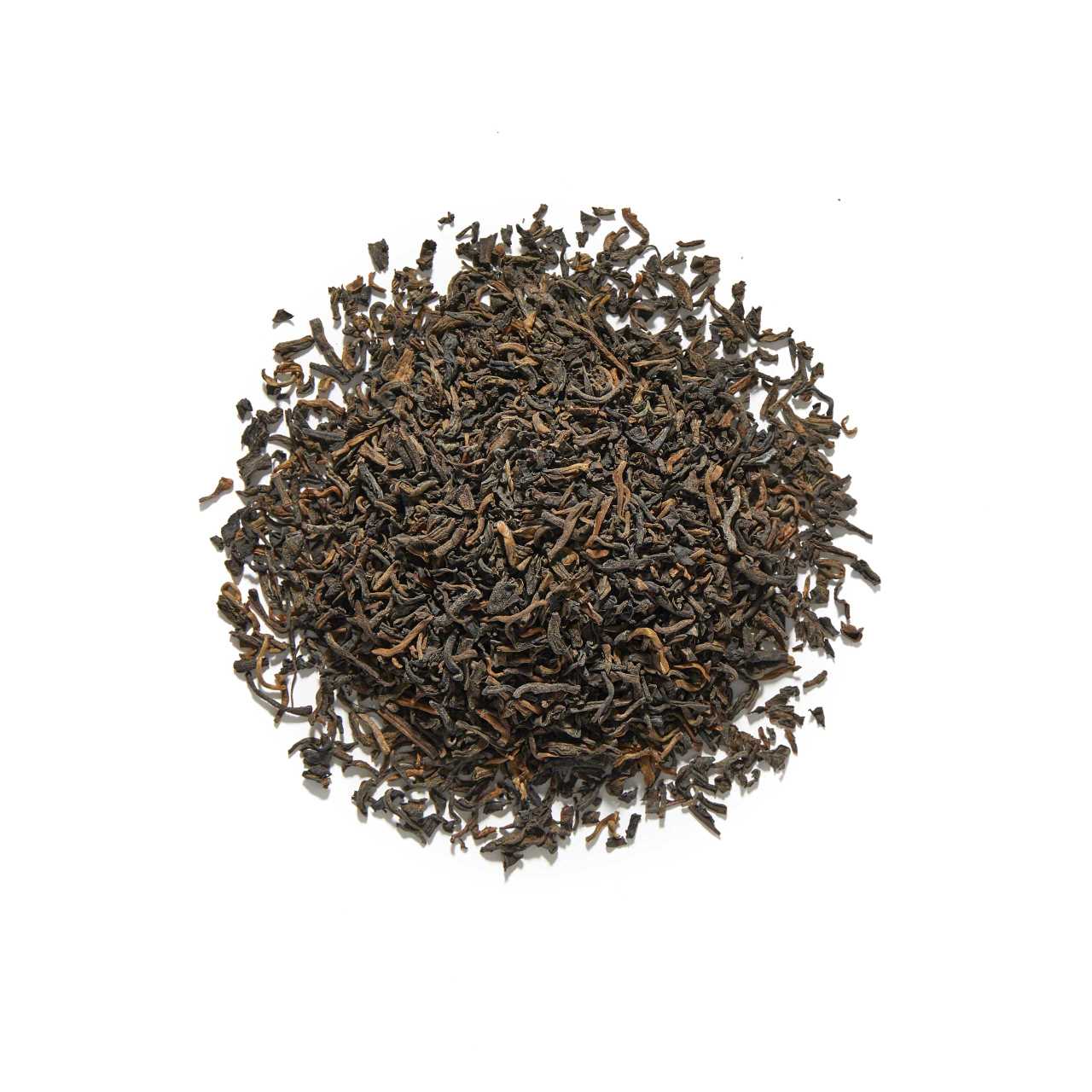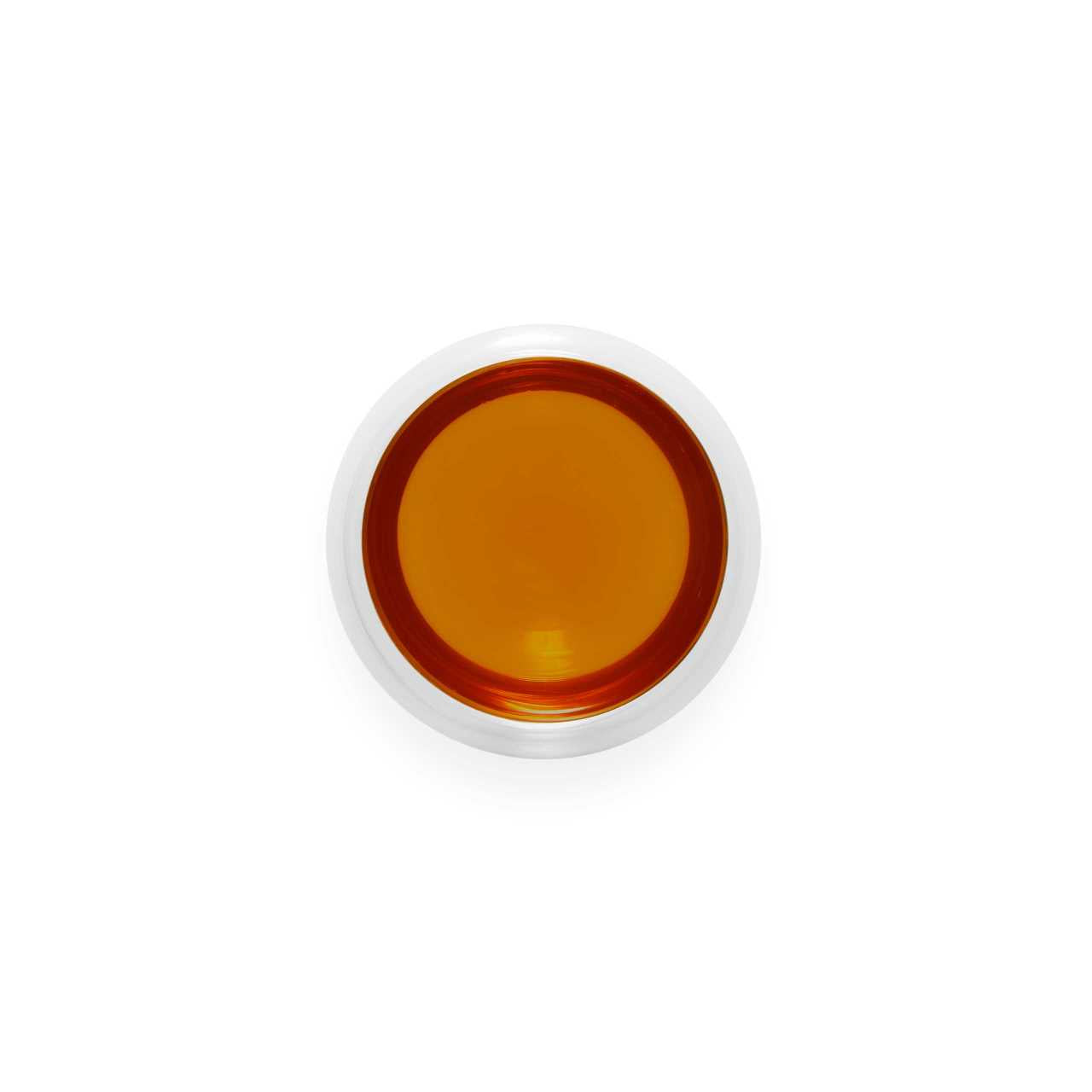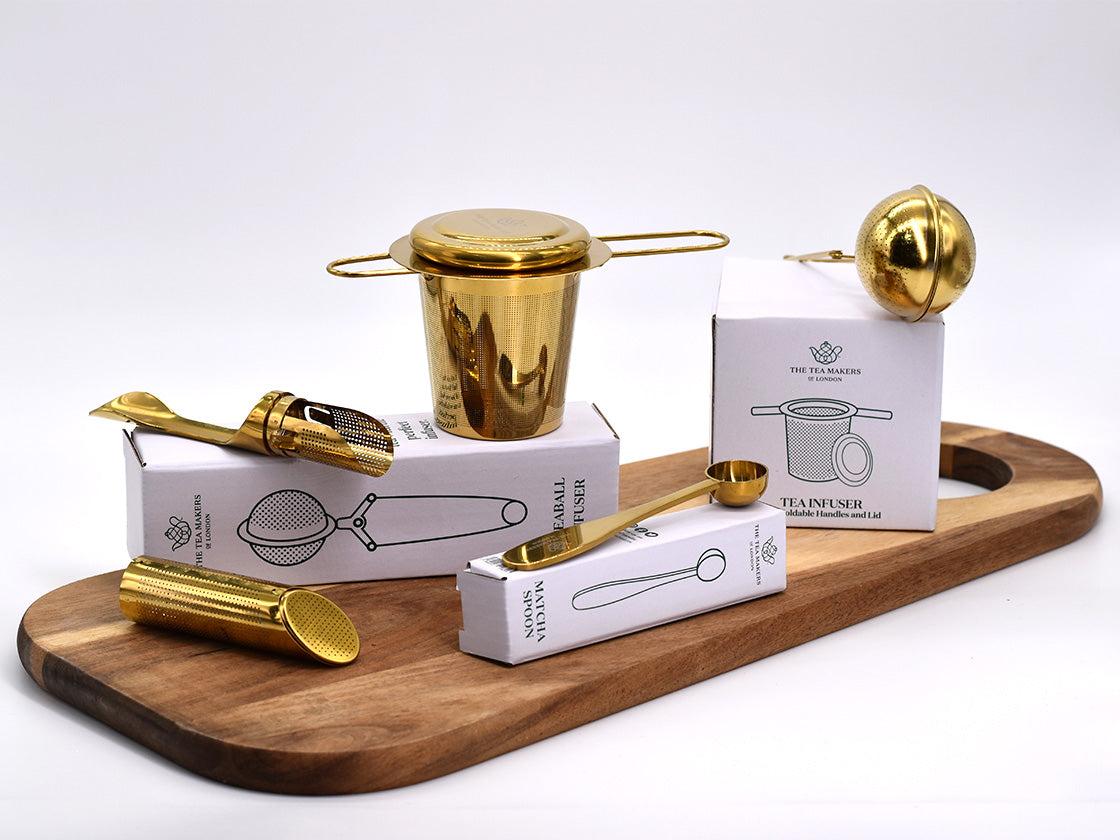






No. 80
Yunnan Pu-Erh - Loose Leaf Tea
Age becomes this luxury loose-leaf pu-erh from Yunnan. Fermented for up to five years by artisan producers, it's a complex, earthy and authentic Chinese tea.
Choose options
Age becomes this luxury loose-leaf pu-erh from Yunnan. Fermented for up to five years by artisan producers, it's a complex, earthy and authentic Chinese tea.
Age becomes this luxury loose-leaf pu-erh from Yunnan. Fermented for up to five years by artisan producers, it's a complex, earthy and authentic Chinese tea.
Grown and harvested in China, this authentic loose-leaf aged raw Pu-erh is a testament to the artisanship of traditional producers in the ancient tea-growing region of Yunnan province. Deep brown, with orange-tinged leaves, our Yunnan Pu-erh aged Chinese tea makes a rich amber-coloured infusion that needs nothing added – just your attention as you focus on its complex, earthy characters.
Gently rolled, sun dried and left to age for up to five years, this single-origin luxury tea showcases all the musky, wet woodland notes of an outstanding Yunnan province Pu-erh. It's high in caffeine, so you can enjoy it as an appetite-suppressing brew between meals, or you can sip it an hour or so after you've eaten, to help aid digestion.
Boasting exceptional earthy, woody notes and a sweet finish, our Yunnan loose-leaf tea belongs to the 'Raw' category of Pu-erh, or 'Sheng' teas – made from the assamica variety of Camellia sinensis known in China as Da Ye Zhong (meaning 'large leaf type'). Sheng Pu-er's flavour changes over time, as the leaves are stored and left to age naturally, sometimes for decades, with the process of oxidation and fermentation triggered by microbial fermentation and fungus as opposed to enzyme changes in the leaves. When aged and stored correctly, the tea yields a strong yet clean and smooth flavour, sometimes with toasty or sweet undertones. Hence these teas are among the most prized in China.
What are the health benefits of Pu-erh tea?
While less studied than green and black teas, Pu-erh – which, in the first stage of production, is processed in the same way as green teas – has been linked to several health benefits. These include lowered blood pressure and cholesterol, and in particular 'bad' LDL cholesterol – possibly due to the presence of lovastatin, produced by the fungi that occur in Pu-erh teas during the fermentation process. As a fermented product, Pu-erh tea may also contribute to gut health by introducing beneficial bacteria into the microbiome.
The history of Pu-erh teas
Pu-erh teas have been globally renowned since the late 1990s, when their popularity and price reached stratospheric levels, a situation which lasted until the market crashed in 2007. Still, as China's most famous fermented teas, these fascinating earthy brews remain in great demand today, beloved for their mellow campfire qualities and ability to age, much like a fine wine.
True Pu-erh teas come from Yunnan, south-western China, and are named for Pu'er city in the south of the province. The origin of these aged and fermented Chinese teas dates back to just prior to the Tang dynasty (618-907), when tea was carried by horse, mule and camel to the far-flung points of the empire. Compressed into slabs and cylinder shapes for transport, and affected by rain and humidity en route, some of the teas began to ferment. As soon as it was discovered that this helped develop the flavour of the tea, Pu-erh was born!
Alternatives to Yunnan Pu-erh
For a next-level loose-leaf Pu-erh, consider our speciality loose-leaf Aged Pu-erh – matured to perfection over a period of 30 years – or our Lincang Ripe Pu-Erh, aged for nine years and from a premium Pu-erh-producing district of Yunnan. If you're looking to try one of the famous solid forms of Pu-erh, our Ripened Cooked Pu-erh Cake offers an authentic, earthy-flavoured Yunnan tea that can be left to mature further in the caddy. Alternatively, for a Raw Pu-Erh with maximum convenience, our individually wrapped Tuocha Pu-erh Mini Cakes are a great option.
To get the most authentic brewing result for your Pu-erh tea, we recommend that you use a Gaiwan from our Teaware store. For more speciality Chinese brews, from Jasmine Dragon Pearls to Lapsang Souchong, browse our Tea Shop
This tea offers an wet wood and musky aroma and deep red infusion. A robust cup with earthy, tobacco and oak notes and molasses mouthfeel.
Aged Chinese Fermented Tea





